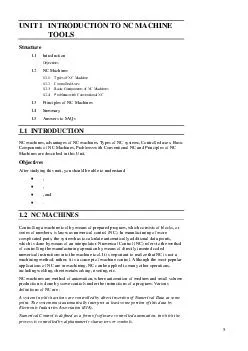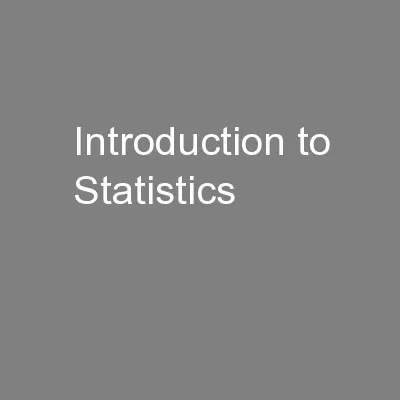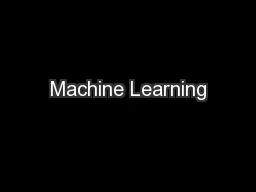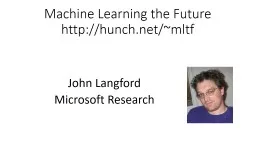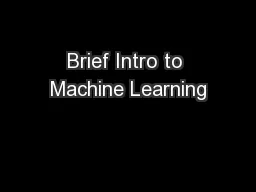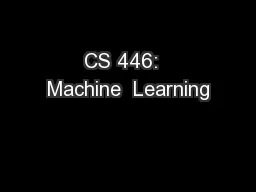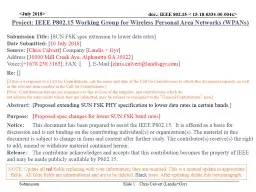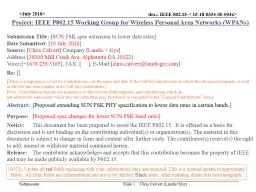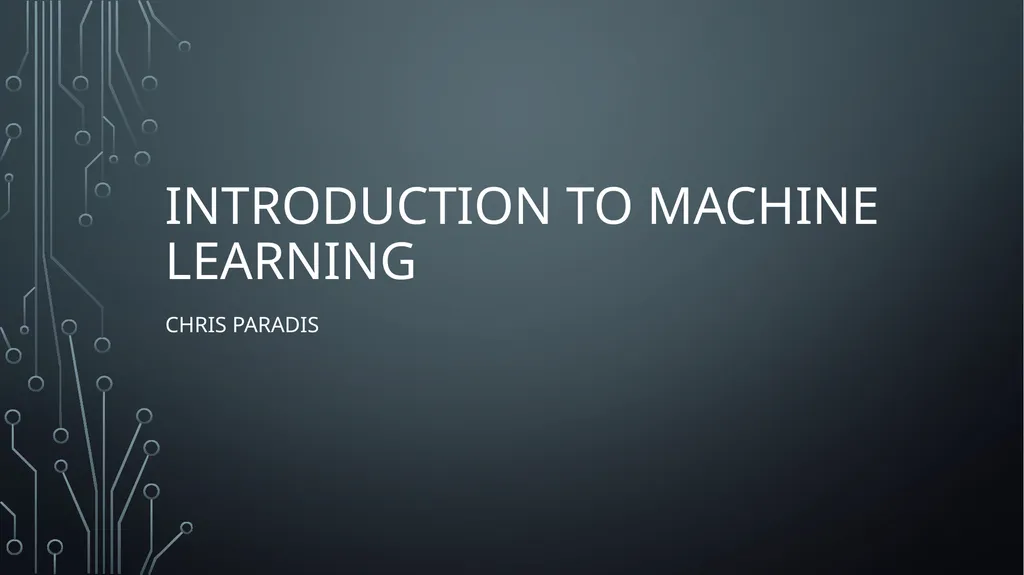
Author : tawny-fly | Published Date : 2025-06-23
Description: Introduction to Machine Learning Chris Paradis About Me MS Information Technology and Web Science Data Science and Analytics Data Science Intern Apple Inc. Machine Learning Intelligent prediction system for business Data Science InternDownload Presentation The PPT/PDF document "" is the property of its rightful owner. Permission is granted to download and print the materials on this website for personal, non-commercial use only, and to display it on your personal computer provided you do not modify the materials and that you retain all copyright notices contained in the materials. By downloading content from our website, you accept the terms of this agreement.
Here is the link to download the presentation.
"Introduction to Machine Learning Chris Paradis"The content belongs to its owner. You may download and print it for personal use, without modification, and keep all copyright notices. By downloading, you agree to these terms.
